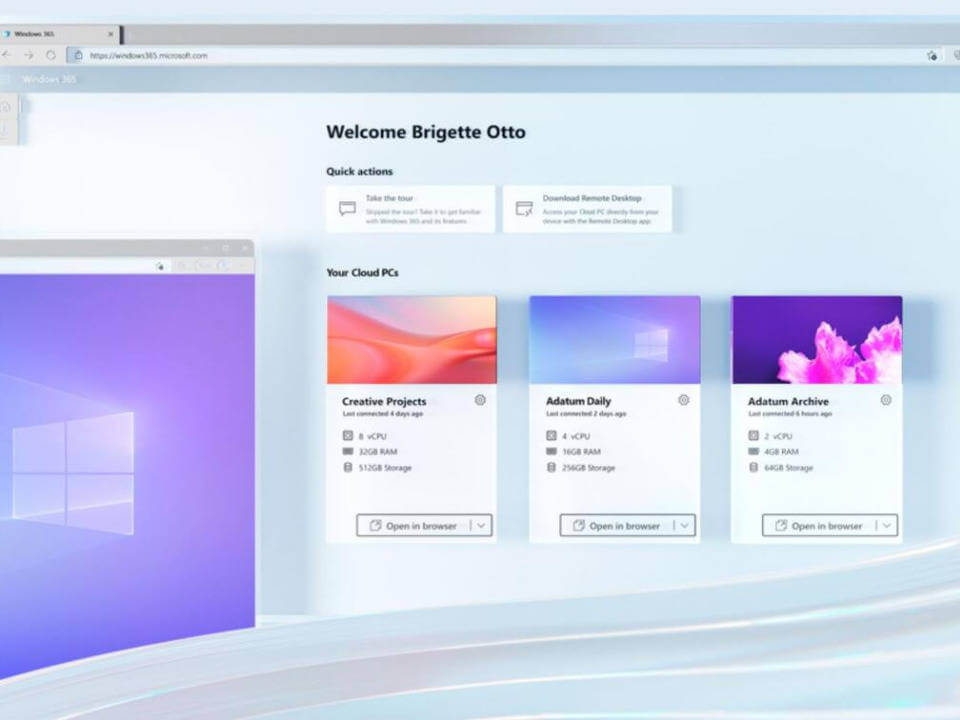
Almost every business today needs a wide range of information technology to function, and everyone knows that all software must be upgraded at some point, but any major new software release requires nonetheless that a calculated business decision be made in terms of when, and how, to best adopt it. Like it or not, all software has a finite lifespan, and will eventually become obsolete. But deciding how and when to best adopt new releases will have definite business consequences.
Things to Consider
That decision will of course depend on the nature of your business, your customers, your general commercial prospects and the like, but whatever those might be, it is vital to consider the total cost of ownership when determining how and when to make upgrades to any software your business is reliant upon.
Conversion costs, for example, are very important to understand. Not only may new equipment be required to adequately run new software, but in order for many existing applications to work correctly in a new technical platform (such as Microsoft’s upcoming Vista release), extensive re-configuration and testing can be required. No business wants to discover this by accident.
At the end user level, various interfaces (web-based ones especially) may not present the needed information in a useful fashion without proper configuration. And the more powerful the interface or application becomes (for example Microsoft’s new Office suite), the greater the need for thoughtful setup becomes. As the capability of an individual piece of software or operating system grows, a business must carefully consider the implications in terms of needed security, and the impact on overall worker productivity. It is not yet a truly plug-and-play world, at least where business computing is concerned.
Training is also an important consideration. Most people have of necessity developed at least a reasonable level of computer literacy simply to function in the modern business world, but many will nonetheless not be optimally productive without some form of instruction in how new software works. And while lost productivity may be difficult to precisely quantify, it is nonetheless a very real economic cost.
Post-implementation, there will almost always be at least some bugs to iron out. Any provisions for support must take this into account, at least for a time.
Of course, all these costs must be weighed against the benefits that new software can deliver. In the case of the new Microsoft releases, data security is significantly enhanced. What is that worth, to your business? The replacement and reconfiguration of stolen or lost laptops is also made far faster and easier. What value does that represent, to you? And of course, there are overall productivity enhancements that need to be considered as well.
The exact value of these benefits will vary depending on the size and nature of your business, and some will be easier to quantify than others, but benefits (both short and long term) must always be weighed against costs in deciding how to optimize any software migration.



